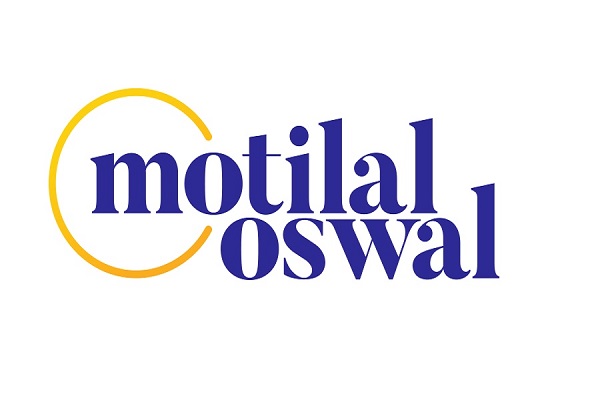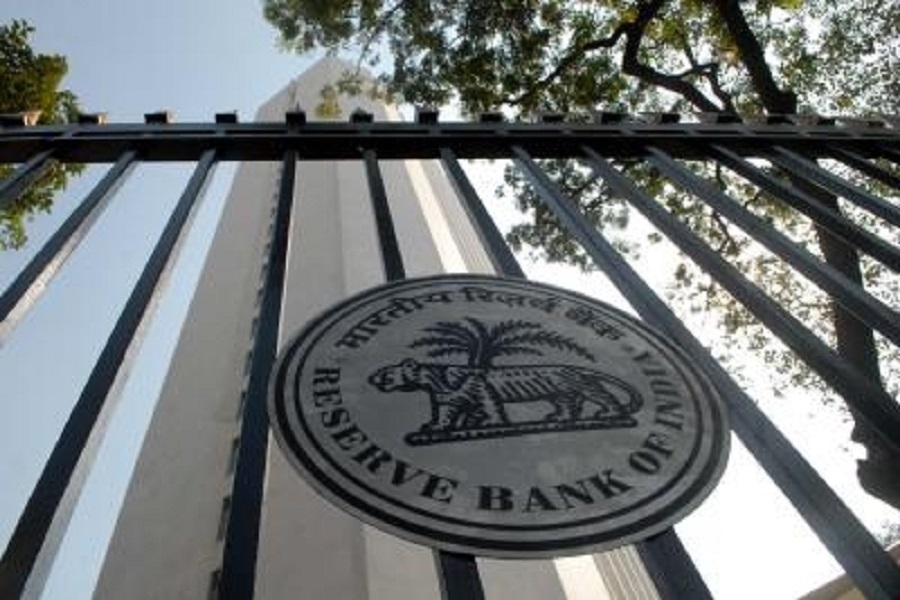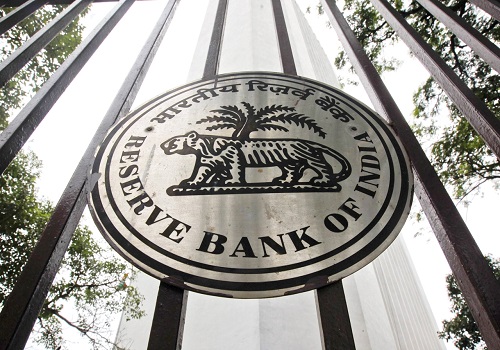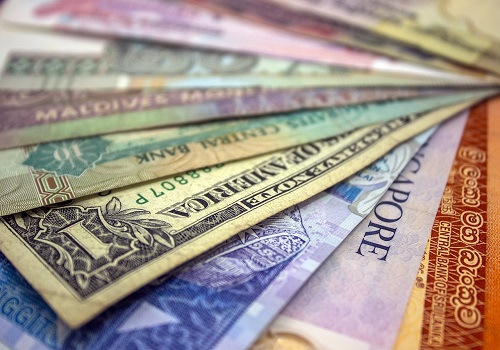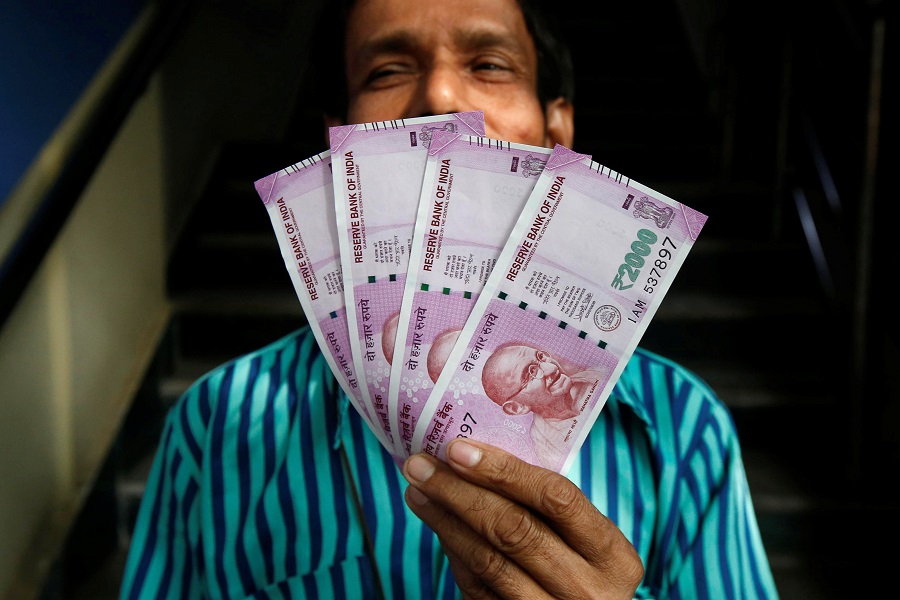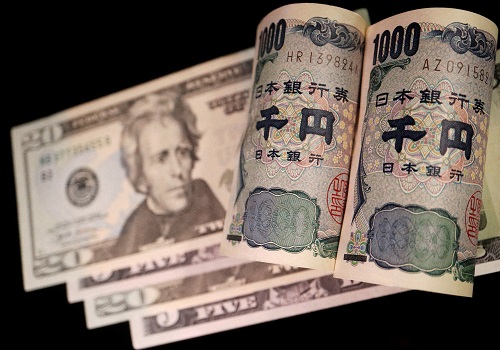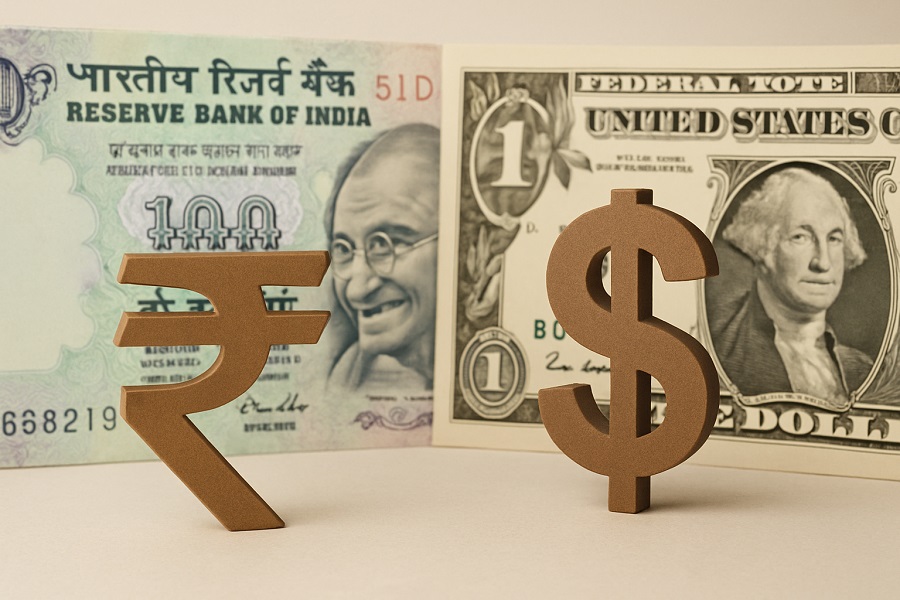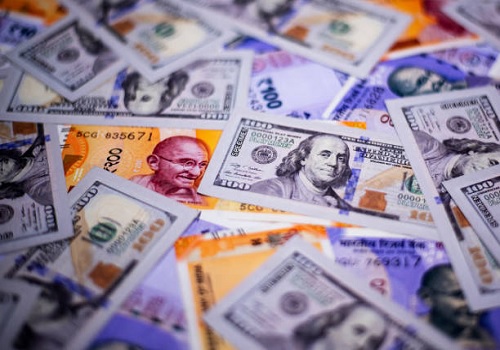Yen rises after BOJ decision; dollar eyes first monthly gain this year

The yen ticked slightly higher on Thursday after Japan's central bank stood pat on rates in a closely watched policy decision, though it raised its inflation forecast for the current fiscal year.
Concluding its two-day policy meeting, the Bank of Japan maintained short-term interest rates at 0.5% by a unanimous vote. The board revised up its core consumer inflation forecast for the current fiscal year to 2.7% from 2.2% projected three months ago.
The yen was choppy in the aftermath of the decision before turning decisively higher. It was last 0.6% stronger at 148.60 per dollar as policymakers signalled cautious optimism that Japan's trade deal with the U.S. would help the economy avert a steep downturn.
Focus now turns to Governor Kazuo Ueda's press conference later in the day for further clues on the central bank's rate outlook.
In the broader market, the dollar flirted with a two-month peak after Federal Reserve Chair Jerome Powell stuck to his patient approach on rates in a closely watched policy decision and offered little insight on when they could be lowered.
The greenback was also on track for its first monthly gain for the year, bolstered by a hawkish Fed and U.S. economic resilience, with uncertainty over tariffs beginning to ease given recent trade deals struck by Washington.
Against a basket of currencies, the dollar was last steady at 99.74, not far from a two-month peak of 99.987 it hit in the previous session. The dollar index was set for a monthly gain of more than 3%.
U.S. President Donald Trump's chaotic tariffs and fears of the dollar's demise earlier this year had undermined the currency and given it the worst start to the year since the floating exchange rate period. Those worries have since abated, easing pressure on the dollar.
The latest push higher for the currency came on the back of the Fed's policy decision on Wednesday, after Powell reiterated it was still premature to ease rates.
"We've seen the classic correlation still holding, in the sense that we've seen a hawkish Fed push up front-end yields and the U.S. dollar, equities have struggled, and the credibility of the Fed has also been probably reinforced by the view that the Fed chair is still in command," said Rodrigo Catril, senior currency strategist at National Australia Bank.
"The dollar is not just consolidating, but it's actually getting a little bit of upward momentum ... The broader picture as well is that all these tariffs, there's at least an initial impression that the U.S. is the one that's got the upper hand."
The euro was 0.2% higher at $1.1424, having slid to a seven-week low in the previous session. It was on track to lose 3% for the month.
Sterling languished near a 2-1/2-month low and last traded at $1.3256. It was similarly headed for a nearly 3.5% monthly decline.
Traders have scaled back expectations for Fed cuts this year following Powell's comments, now pricing in about 35 basis points of easing by December.
Markets have also been faced with a blitz of tariff announcements ahead of an August 1 deadline for countries to secure trade deals or face steep levies.
South Korea became one of the latest nations to reach an agreement with the U.S., after Trump on Wednesday said Washington will charge a 15% tariff on imports from the key Asian ally.
The South Korean won strengthened on the news before paring some gains over the course of the trading day.
Trump on Wednesday also slapped a 50% tariff on most Brazilian goods and said the United States is still negotiating with India on trade.
In other currencies, the Australian dollar rose 0.3% to $0.6454 after sliding more than 1% on Wednesday. It was headed for a monthly drop of 2%.
The New Zealand dollar gained 0.33% to $0.5914, having also lost more than 1% overnight. It was set to lose roughly 3% for the month.
The onshore yuan struggled near an almost two-month low and last stood at 7.1922 per dollar.
Data on Thursday showed China's manufacturing activity shrank for a fourth straight month in July, suggesting a surge in exports ahead of higher U.S. tariffs has started to fade while domestic demand remained sluggish.




.jpg)


